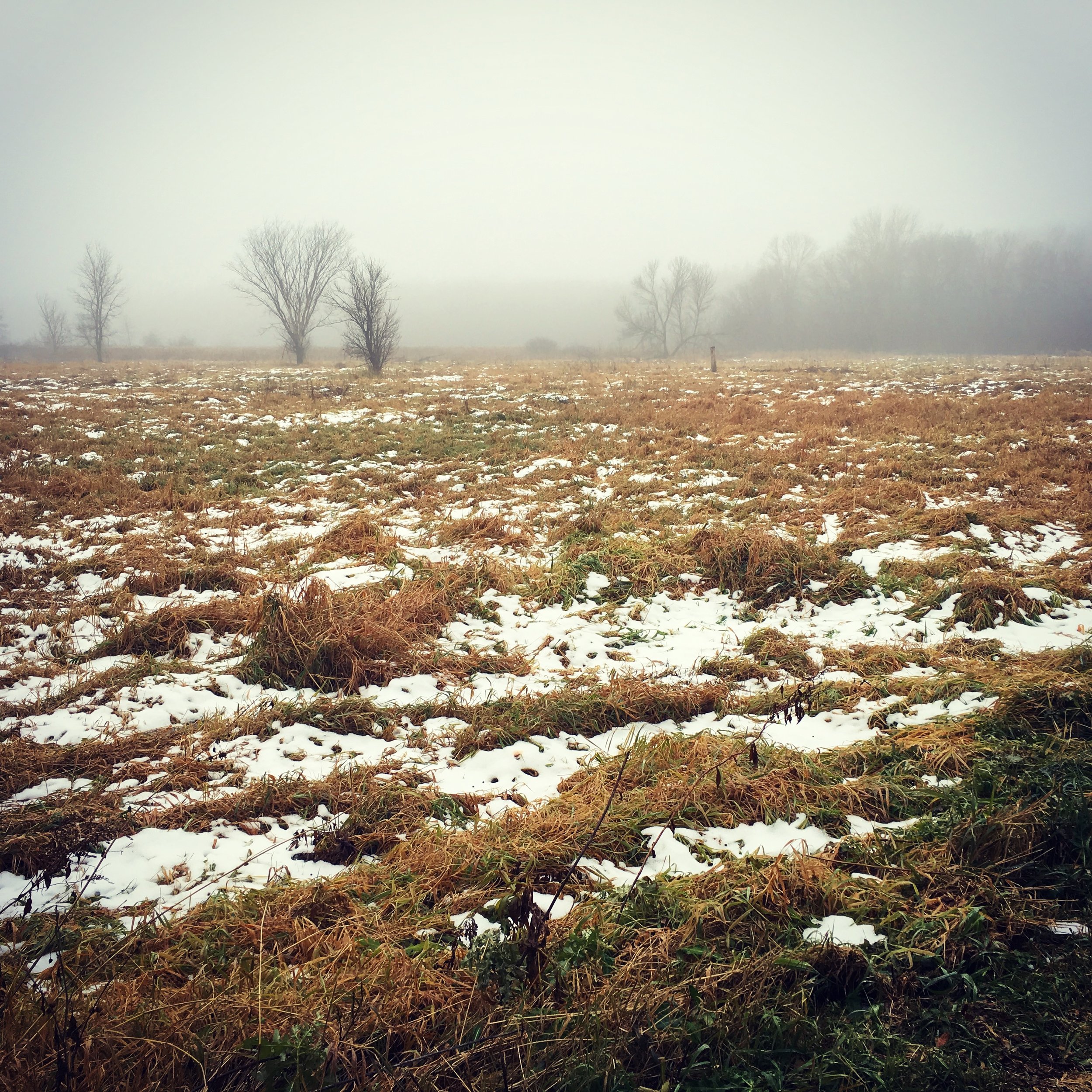As I sat down to write this, I scrolled through facebook to get a general snapshot of how my friends were feeling, and I saw articles posted with headlines stating that our president has allowed elephant trophy imports and mining waste to be dumped in our waterways. Every time we look at the news or social media, we see outrageous things -- signs of war, political buffoonery, environmental catastrophe, social inequity. The news paints a fragmented picture of us. The weight of just hearing about any one of these issues and finding ways to stand up for what we believe is right is immense. It can feel paralyzing even if we don't think we are directly involved in these issues. But, in fact, we are all connected.
Perhaps one of the most abstract issues - climate change - is also one of the most pressing issues of our time. Changes in our natural environment threaten not only the health and safety of every species living on the planet, climate change also threatens to tear apart the fibers of our communities. Even though human involvement in our warming climate has been suspected since as early as the 19th century, why has it been so hard to take steps to mitigate the damage we cause, and what can we do about it now?
For centuries, art has functioned as a release from everyday life. It distracts us, takes us to magical places, helps us feel connected with one another. Art gives us hope. But it is more than just that.
The arts play a powerful role in raising awareness about issues.
In Richard Heinberg's opinion article titled "As Climate Chages We Need the Arts More Than Ever" published on Ensia last month, he says that "As we move closer to what surely will be unprecedented ecological, economic and social disruption, meaningful art can and must express the turmoil we encounter and help us process it intellectually and emotionally."
He says, " Everything will be up for negotiation, redesign and change. And artists will have the opportunity and duty to translate the resulting tumultuous human experience into words, images, and music that help people not just to understand these events mentally, but also to come to grips with them viscerally... Art can help us cope with the implications of our collective challenges. It can help prepare society for a possibly traumatic future. It can give voice to suffering and loss, helping people deal with life’s inevitable stress. And it can also offer beauty, which can be especially important in hard times."
But art is more than a coping mechanism or an escape. Although I thoroughly believe in the capacity for art to serve as a method of individual and collective healing, art can also help us reach deeper understanding of environmental issues through different and multidisciplinary approaches.
Art has the power to catalyze powerful movements.
The Earth Issue vol 1, editor Elena Cremona states that, "As a catalyst for change, art should not be ignored or underestimated." Through their craft, artists advance environmental awareness, comprehension, and change.
Since the late 1900s, artists have documented the natural beauty across this country, most significantly in our National Parks. As examples, the Hudson River School painters and Ansel Adams captured images of landscapes that have been used in conservation efforts, showing through photographs and paint the importance of preserving the last remaining wilderness. We can now compare these images with the current landscape, extending a viewpoint longer than our own lives. The award-winning documentary Chasing Ice chronicles photographer James Balog's quest to capture time-lapse images of the world's glaciers and ice sheets. Artists like these help to document ecological changes and relay them in ways that are beautiful, stirring, and troubling. Seeing changes through their eyes raises our own environmental awareness.
Other artists educate us in ways that reach us at the core of our understanding. Artist Zaria Forman creates monumental-sized drawings of glaciers from photographs that she has captured during various polar expeditions. By the time each drawing is complete, the glacier has either changed beyond recognition or has completely disappeared altogether. In a different work about ice, for the art installation of Ice Watch Paris, Olafur Eliasson and Minik Rosing installed 12 blocks of ice from glaciers, which melted away in a public square during the United Nations Conference on Climate Change in 2015. The public could directly interact with the ice, and was faced with its ultimate demise of melting away. These kind of works give us a deeper understanding than what is possible for scientific data alone.
Yet, other artists ask us to reflect on our actions and make change. For his 2017 exhibition at the Minnesota Museum of American Art, David Hamlow's Mirror Stage confronts us with our own massive consumption, highlighting our personal contribution of waste within the larger issue of climate change. Agnes Denes makes us think about natural environmental cycles and stewardship of land with her groundbreaking environmental work, Wheatfield: A Confrontation (1982). Over the course of six months, a wheat field was planted in downtown Manhattan. The work produced 1,000 lbs of wheat, which was toured worldwide and eventually planted in locations around the globe.
There is no question that works of art offer beauty, connection, and a way for us to process emotions. In addition, however, artists working with environmental issues have the opportunity to make a larger impact. It is up to all of us to create the world we want to live in, and artists and creative thinkers are best poised to design and re-design what that means. Now, perhaps more than ever, we live in a world that needs artists, creativity, and imagination in tandem with environmental and social activism. Let’s do this, together.
